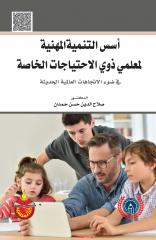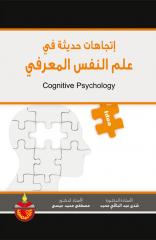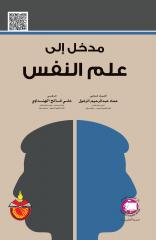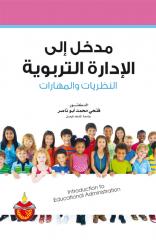- اسم الكتاب
Effective Communication Skills
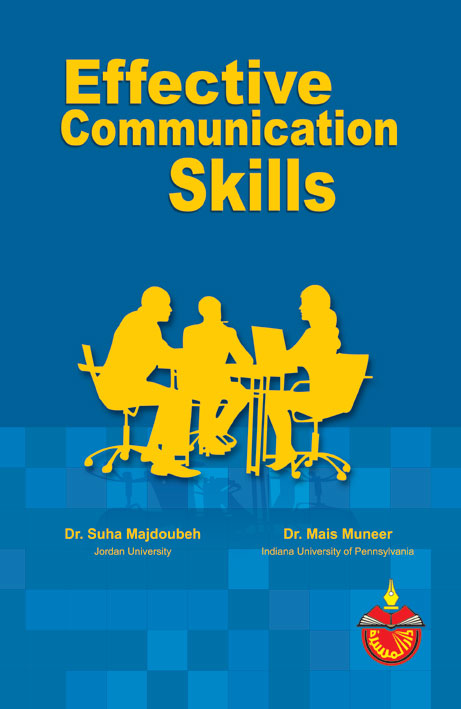

Effective Communication Skills
introduction
communication is a skill that is important for all human beings. We have countless thoughts, messages, emotions and ideas that we communicate every day. This book shows how to put those ideas, emotions and messages into words for the learners of English as a second language.
Target
The target of this book is to help students and others (people working in companies, at receptions, embassies, people making business interactions )to communicate their ideas and respond to others ideas. For students, communication is related to academic language. The problem they face is in communicating their thoughts and academic knowledge although they know it very well. Therefore, this book is designed to help students practice communication and discuss academic issues as well.
Types of communication
Communication requires social interaction and dialogs among friends, colleagues, teachers and students during the learning process. To practice communication, the speakers must realize that there are two types of communication: discussion communication and presentation communication. Discussion communication is the exchange of messages in a face-to- face interaction.
Discussion communication
In this kind of communication, there is a continual adjustment of what and how one says something to make a successful interaction between the two speakers. In the discussion communication one must be adept at paraphrasing, using gestures, creating facial expressions, asking questions, explaining misunderstandings and empathizing. To practices this the teacher should point out turn –taking techniques, questions, transitions and discussion continuers.
Presentation communication
As for presentation communication, it is a one-way communication process. In this process there is less negotiation of meaning than in discussion communication . this kind of communication requires written, oral and visual means of communicating. For it involves finding the best way to communicate with the audience. Usually, a combination of verbal and non verbal methods are effective. Such methods are facial expressions, gestures, posture, eye contract, tone, word stress and speed of speech.
Learners, in any communication process, discussion communication or presentation communication, must be familiar with and use following expressions.
1. the Art of speaking
2. talk about your country
3. who am I?
4. description
5. talking about preferences
6. making comparisons
7. expressing an opinion
8. know thyself
9. careers and professions
10.directions
11.catering to the needs of others
12.suggestions
13.decision making and problem solving
14.talking about problems and giving advice
15.asking about one's health
16.presenting and argument
17.references

